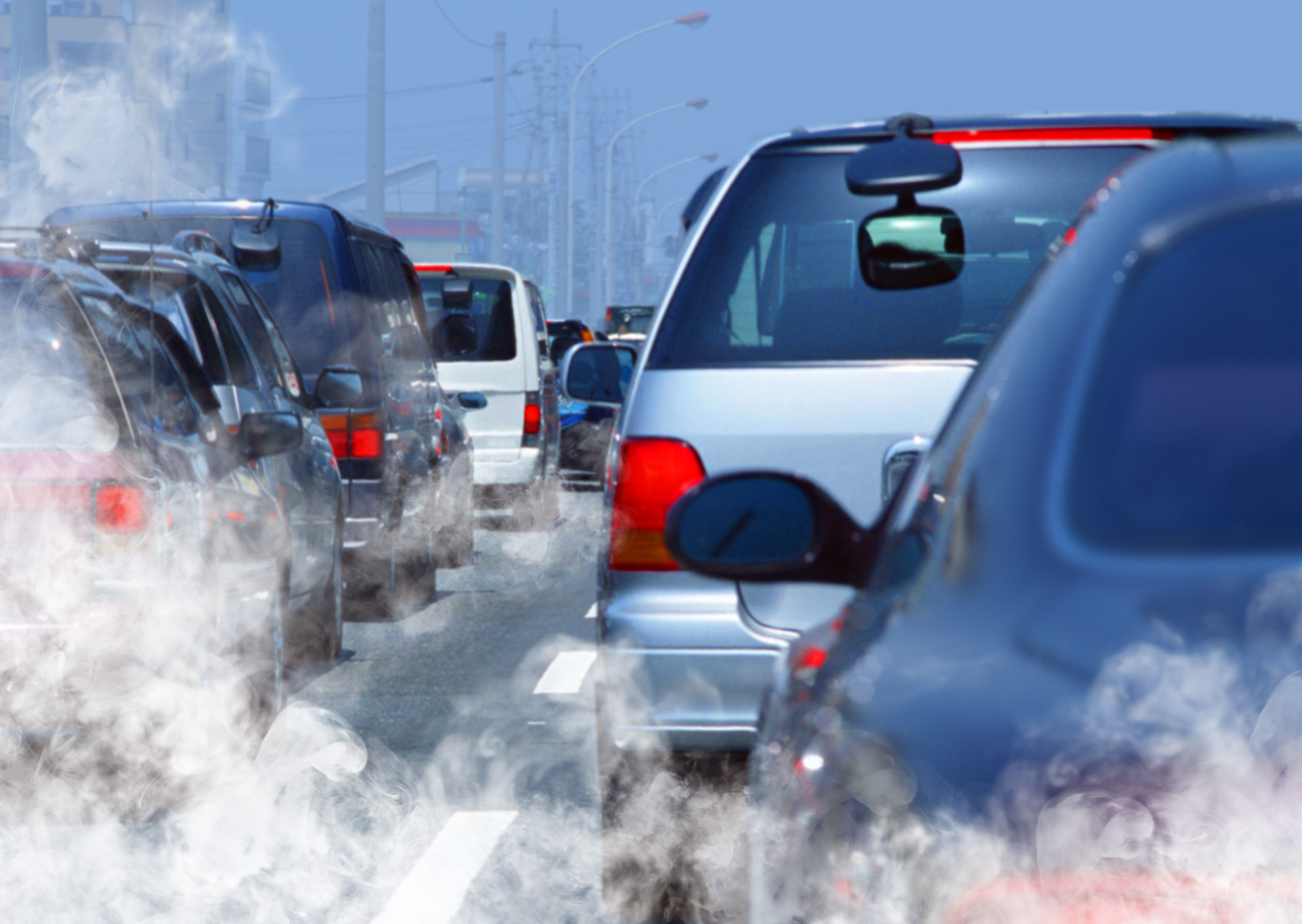
A new analysis suggests that transient exposure to air pollution particles can trigger onset myocardial infarction.
The paper, published in Environmental Health Perspectives, focused on a patient population in Augsburg, Germany. The research team, investigating the relationship between different particulate measurements (such as particle number [PNC], particle length [PLC], and surface area [PSC]) and myocardial infarction (MI) on an hourly timescal, collected pollution data from background monitoring sites, as will as hourly nonfatal MI cases from a registry in Augsburg, for a ten-year period between 2005 and 2015, conducting a time-stratified case-crossover analysis to tease out any association between hourly particle metrics and cases of MI. They also conducted a separate analysis looking at independent effects of certain metrics (including different sizes and types) of the particles.
Particle Metrics Associated with Heart Attacks
The authors reported a total of nearly 6,000 cases of non-fatal MI (n=5,898) during the study period. According to their results, the analyses showed similar associations across all particle metrics during the first six to 12 hours of measurement. In particular, interquartile range increases in PNC particle measurements within the size range of 10–100 nm, PLC, and PSC were linked with an increase of MI six hours later by 3.27% [95% CI, 0.27 to 6.37], 5.71% (95% CI, 1.79 to 9.77), and 5.84% (95% CI, 1.04 to 10.87), respectively. The authors also reported associations for the number of particles and MI for the size ranges of 10–30 nm10–30 nm and 100–500 nm.
“This study confirms something that has long been suspected—air pollution’s tiny particles can play a role in serious heart disease,” first author Kai Chen, PhD, assistant professor at Yale School of Public Health, said in a press release. “This is particularly true within the first few hours of exposure. Elevated levels of UFP are a serious public health concern.”
#ICYMI… NEW RESEARCH: Hourly Exposure to Ultrafine Particle Metrics and the Onset of Myocardial Infarction in Augsburg, Germany. Read the article ➡️ https://t.co/aZxsaih8fF @HelmholtzMunich @YaleSPH @YaleDeptEHS @ChenKai_yale
— Environmental Health Perspectives (@EHPonline) January 23, 2020
Ultrafine pollution particles were assoc. with ⬆️ risk for heart attack within 6 hrs of exposure @EHPonline: https://t.co/QKokaLFF3L
Ultrafine particles come mainly from vehicle exhaust & are small enough to pass into lungs & blood stream.#pollution #AirQuality #health pic.twitter.com/Uilwov8Wrm
— Scott Lear, PhD (@DrScottLear) January 31, 2020
Breathing in fine particles from #airpollution on a smoggy day for just some hours could trigger a heart attack. https://t.co/AgstrvfMii pic.twitter.com/OEXlrwTWOW
— Dr Alexey Kulikov (@KulikovUNIATF) January 23, 2020
It has long been established that air #pollution is associated with an array of health issues. A recent study finds that 6 hours after exposure to high levels of ultrafine particles, the risk of non-fatal myocardial infarction increases by 3-6%. #biom4180https://t.co/DDOVLaHF0n
— Tony Q. Huang (@CardiologyTony) February 10, 2020
Could air pollution increase heart attack risk?
Yes, according to a recent study that has found that exposure to ultrafine particles of pollution may be a trigger for heart attacks.
To read more about this study visit:https://t.co/d6Acgu9op2#HeartAttack #Cardiology #Oruen pic.twitter.com/3BC1ycAArq
— OruenCardiology (@OruenCardiology) February 11, 2020
.@EHPonline study finds transient exposure to ultrafine particulate matter triggers nonfatal heart attack https://t.co/nqABcl31uI while Trump's @EPA "science" advisors, Tony Cox & Robert Phalen, say air pollution's good for you https://t.co/ZA7AXh0IZa. Can't make this stuff up.
— Liza Gross (@lizabio) February 15, 2020







 © 2025 Mashup Media, LLC, a Formedics Property. All Rights Reserved.
© 2025 Mashup Media, LLC, a Formedics Property. All Rights Reserved.